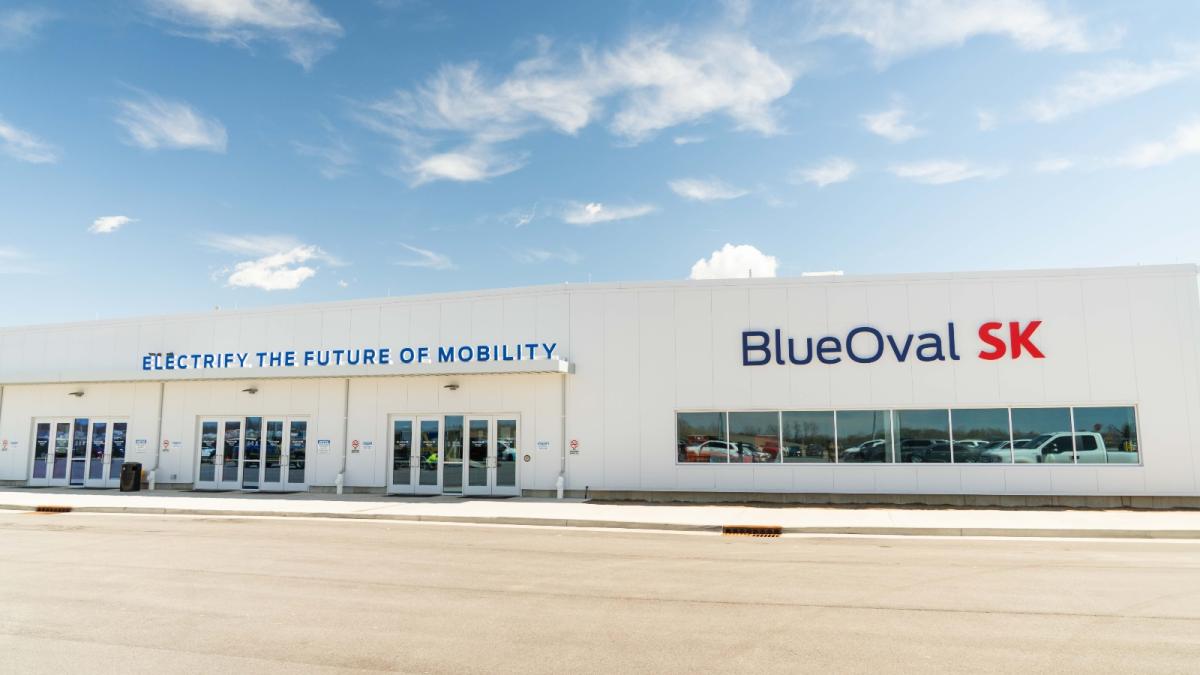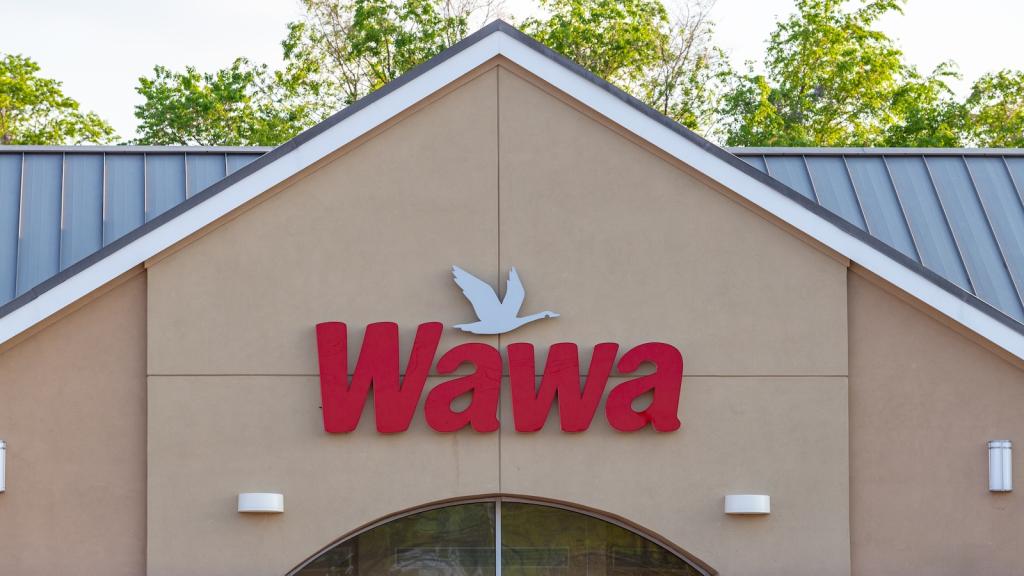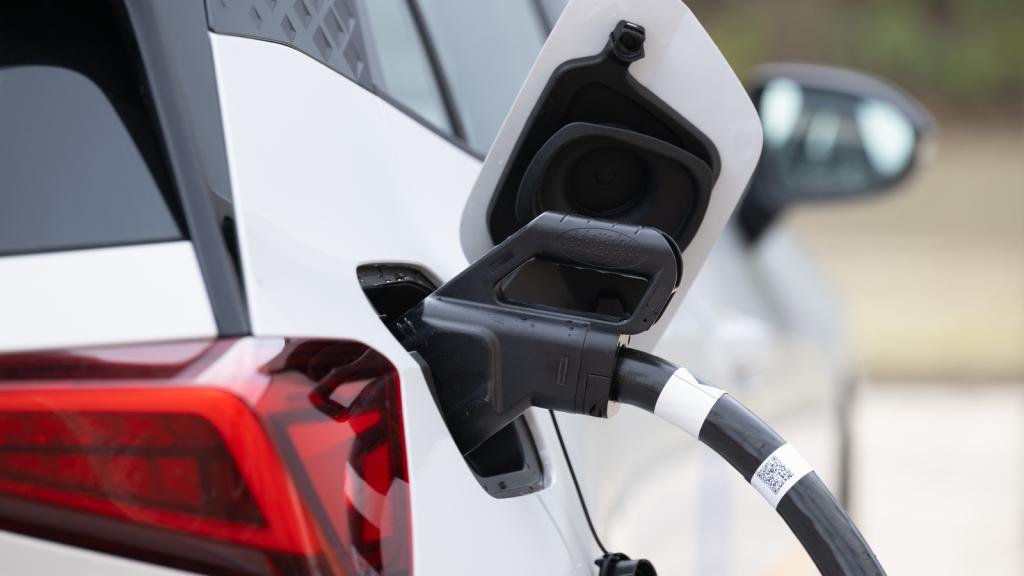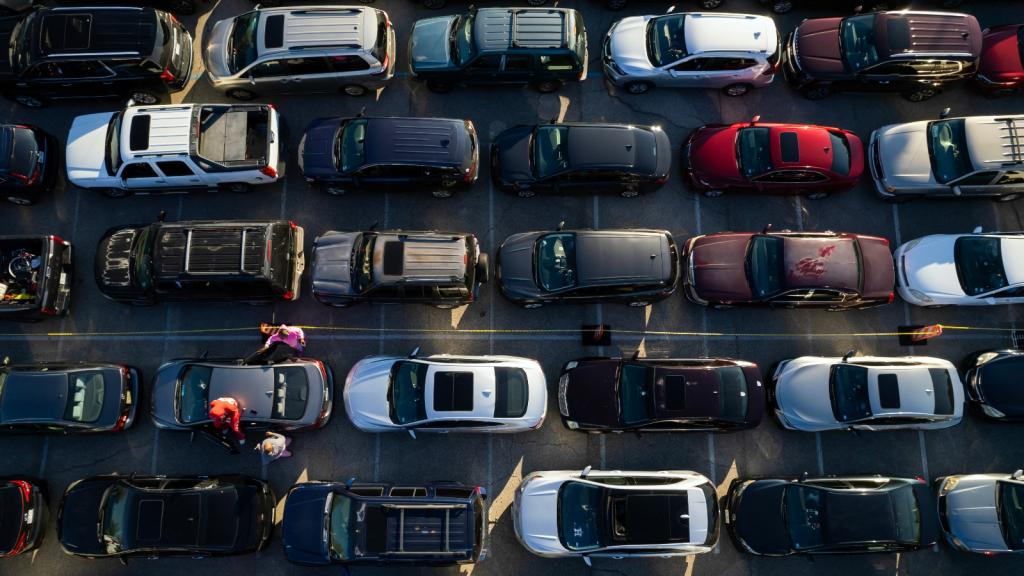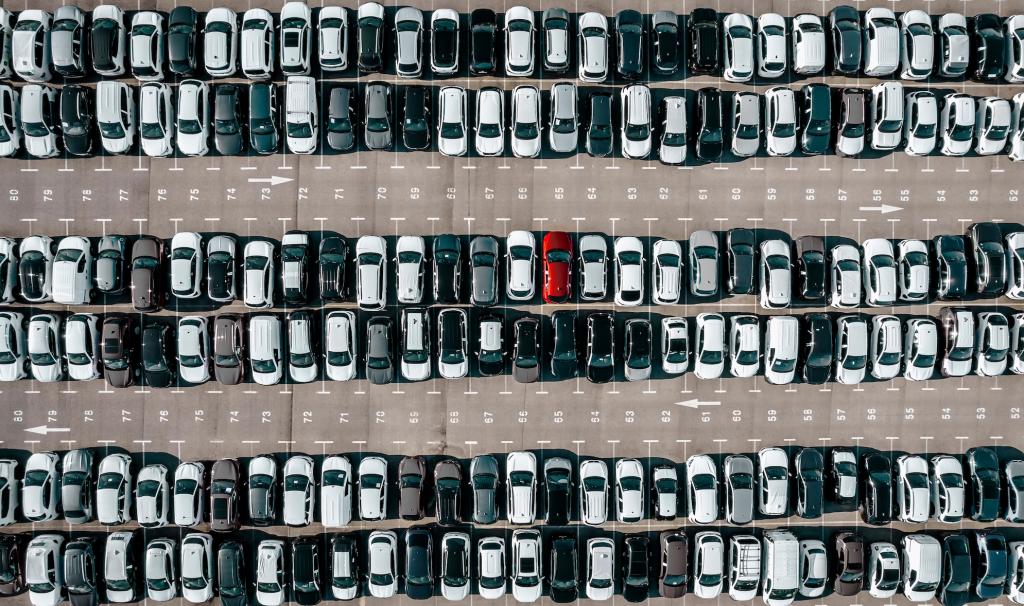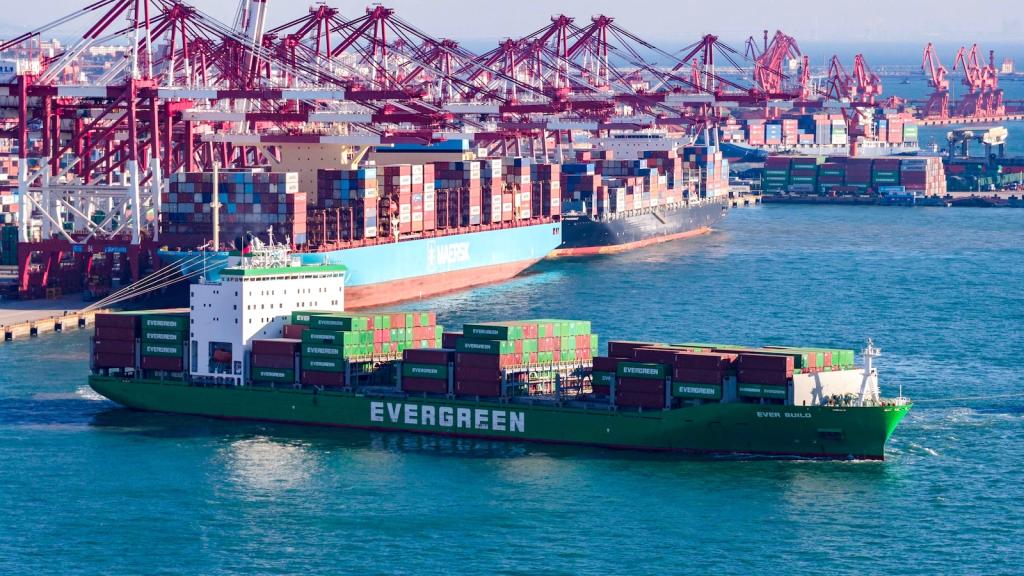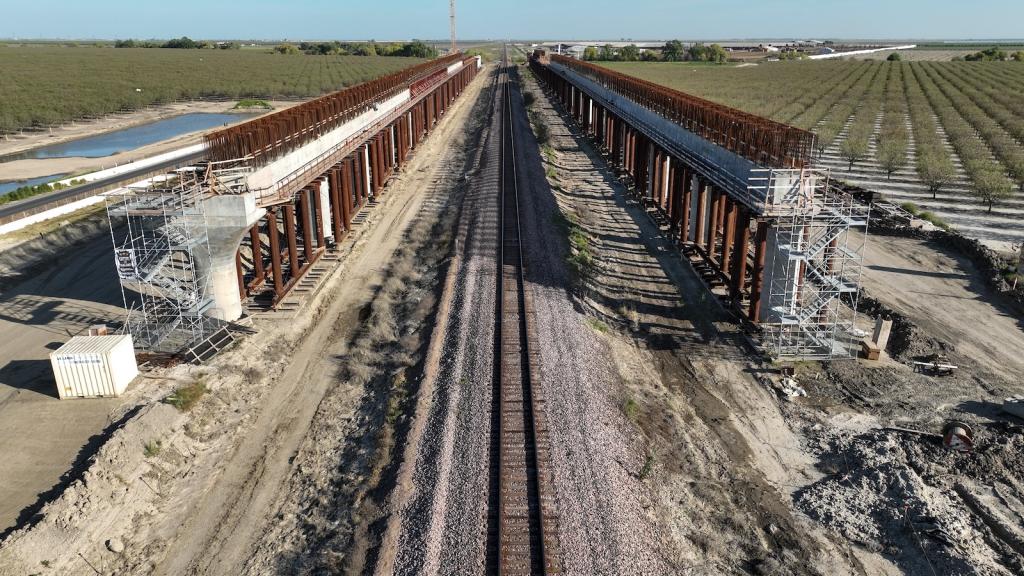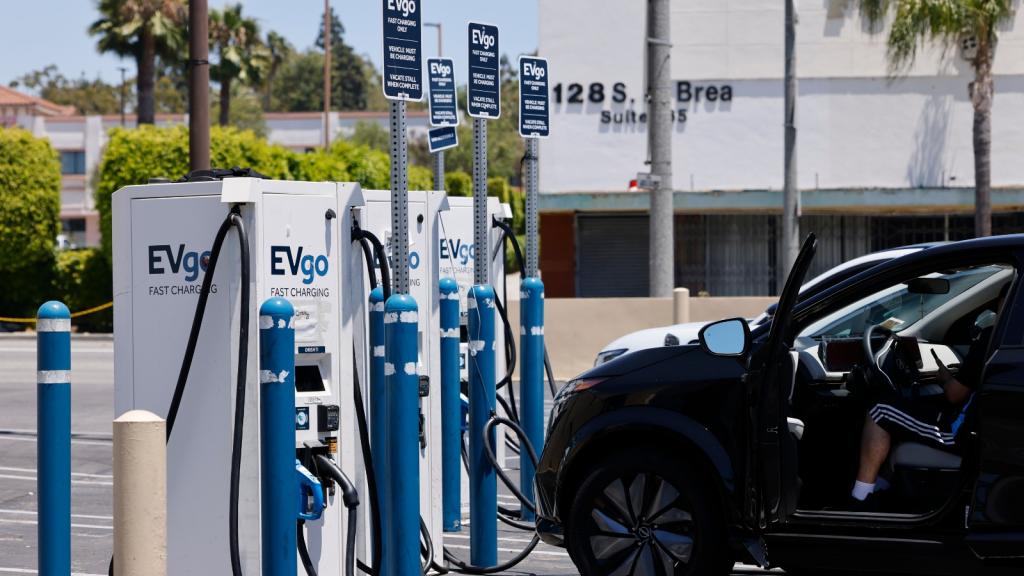Ford, a century after it launched the modern automotive era, has given up on its early ambitions to charge into the electrified future.
The company announced that it will delete nearly $20 billion in book value to extricate itself from its EV investments, an eye-popping loss that amounts to one of the biggest corporate impairments ever.
The company, of course, views it differently: The move is a “decisive redeployment of capital,” it said on Monday, as it rolled out a string of related strategic changes alongside the write-down.
The pivot hits particularly hard in the southeastern Battery Belt, where Ford had invested in multibillion-dollar BlueOval SK plants to produce batteries and electric vehicles. The EV battery facility in Glendale, Kentucky, will lay off about 1,600 employees, and the local outlet Memphis Commercial Appeal reported that a Ford factory in Tennessee will hire around 1,000 fewer workers than previously planned, now that it is making gas trucks instead of electric one... Read more
